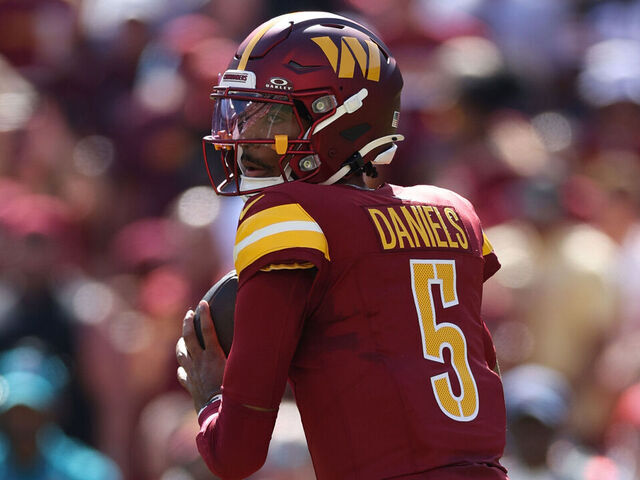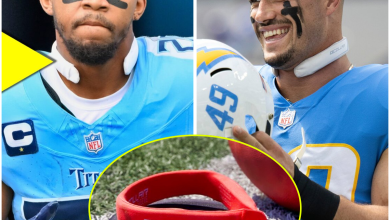It’s Official: Commanders Coming Home to D.C. in New $3.8 Billion Stadium on RFK Site
The words every long-suffering Washington Commanders fan has been dreaming of hearing for decades have finally been spoken: the team is coming home. After a near-unanimous 11-2 vote by the D.C. City Council on Wednesday, the franchise has officially received the green light to build a spectacular new $3.8 billion stadium, not in a suburban outpost, but right back in the heart of the District on the hallowed ground of the Robert F. Kennedy Memorial Stadium site.
For a fanbase that has endured years of frustration, this news is more than just a real estate transaction. It’s a promise fulfilled, a revival of a dormant legacy, and the most tangible sign yet that the new era under majority owner Josh Harris is truly different. The team will finally leave its much-maligned home in Landover, Maryland, and by 2030, will once again play football within the city limits that defined its glory years.
In a statement overflowing with gratitude and excitement, Harris celebrated the monumental achievement. “Today is a historic day for D.C., the Commanders organization, and our fans,” he said. “With the Council’s approval, we can now move forward on the transformative RFK project that will bring lasting economic growth for our city… We are deeply grateful for the warm return to the District and the center of the DMV, and look forward to officially bringing the team back to its spiritual home in 2030.”

His words, particularly “spiritual home,” resonate deeply with anyone who remembers what it was like to watch football at RFK. Before the sterile, inconvenient experience of FedExField, there was a stadium that was an extension of the team’s identity. RFK was a fortress. It was where coaching legend Joe Gibbs led the franchise to three Super Bowl victories. It was where “The Hogs” dominated the line of scrimmage, and where the deafening roar of the crowd, amplified by the stadium’s unique bouncing metal stands, created one of the most intimidating home-field advantages in all of sports.
The move to Landover in 1997 was, for many fans, the beginning of a slow erosion of that identity. The new stadium lacked character and, crucially, was a logistical nightmare to get to. The passion that defined the RFK experience faded, replaced by complaints of traffic jams, parking woes, and a venue that felt disconnected from the city it represented. In recent years, the stadium itself became a symbol of the franchise’s decline, infamous for bursting pipes and crumbling infrastructure.

This new stadium project is designed to wash all of that away. The planned 65,000-seat venue is not just a place to play 10 games a year; it’s envisioned as a modern entertainment hub that will revitalize the surrounding area. The collaboration between Harris’s group, Mayor Muriel Bowser, and Council Chairman Phil Mendelson represents a powerful public-private partnership aimed at creating jobs and driving economic activity—a far cry from the often-adversarial relationship the city had with the team’s previous ownership.
The approval is a massive and decisive victory for Josh Harris, who has made it a clear priority to mend fences and rebuild the relationship between the team and its community since taking over. Where the previous regime failed for years to secure a new stadium deal, Harris and his team have succeeded, demonstrating a level of political savvy and goodwill that has been absent for decades. This achievement signals a clean break from a toxic past and sets a new standard of competence and ambition for the franchise.
The road to 2030 will be a long one, involving years of design, demolition, and construction, but for the first time in a generation, there is a clear and exciting destination on the horizon. The new stadium will undoubtedly feature state-of-the-art amenities, technology, and fan comforts that were unimaginable in the RFK days. But its greatest feature will be its location. Being back in the city means better access to public transportation, a more vibrant pre- and post-game atmosphere, and a reconnection with the urban fanbase that has always been the team’s lifeblood.
For Washington, this is more than a move; it’s a restoration. It’s the chance for a new generation of fans to create their own memories on the same sacred ground where their parents and grandparents watched legends be made. It’s an opportunity to rebuild the potent home-field advantage that once made the team invincible. On Wednesday, the Washington Commanders didn't just get a new house; they got their home back. And for a city and a fanbase that have waited so long, the future has never looked brighter.



